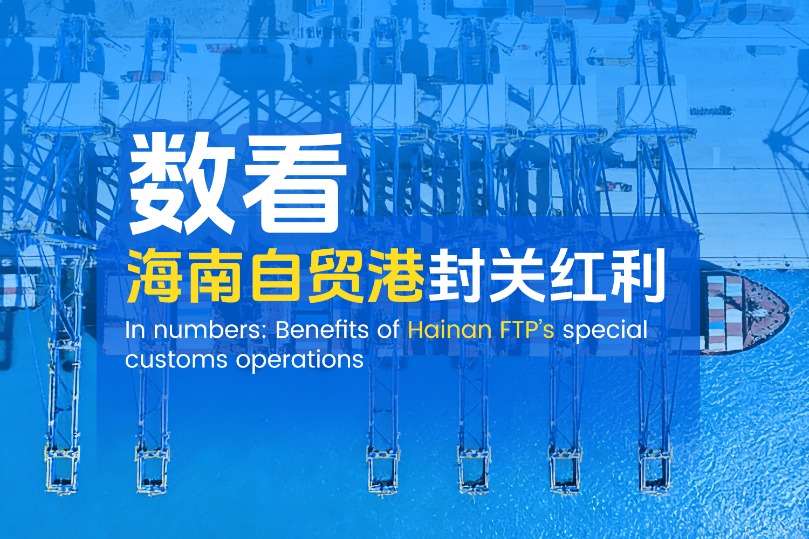Autonomous driving in enviable pole position
By MA SI | CHINA DAILY | Updated: 2022-06-15 08:55

China's top industry regulator said on Tuesday that it will step up its push to promote the healthy development of autonomous driving while ensuring public security.
Xin Guobin, vice-minister of industry and information technology, said at a news conference that his ministry will publish industry standards in areas such as functional requirements and information security for autonomous driving to advance the sector's healthy development.
Xin said the ministry is also studying whether to continue a preferential policy for purchase taxes on new energy vehicles, which is scheduled to be scrapped by the end of this year.
The moves are part of China's broader efforts to build a globally competitive automobile sector. China's vehicle market, the world's largest, saw sales rebound in May after the worst April in a decade.
A total of 1.86 million vehicles were sold last month, according to the China Association of Automobile Manufacturers. The tally was down 12.6 percent year-on-year, but up 57.6 percent from April, signaling recovery momentum amid challenges from the COVID-19 pandemic.
Xin said although geopolitical conflicts and COVID-19 resurgences have increased downward pressure on the industrial economy, the impact would be temporary.
From a long-term perspective, the fundamentals of China's complete and resilient manufacturing system have not changed.
"With continuous support policies, the industrial economy is expected to return to normal growth as soon as possible," the vice-minister said.
To help small and medium-sized enterprises cope with pandemic pressure, the government has launched a package of policies. The State Council-the nation's Cabinet-recently released a document detailing a string of measures, including increasing loans to small and micro enterprises, to prop up the ability of SMEs to survive short-term challenges.
Local governments are also expected to arrange special bailout funds for micro, small and medium-sized enterprises, and provide subsidies for rent, loan interest and other aspects to those with operational difficulties, the document added.
Xin said China's industrial output logged an average annual growth of 6.3 percent in the 2012-2021 period as the country's manufacturing sector gained strength.
The industrial value-added output rose from 20.9 trillion yuan ($3.1 trillion) in 2012 to 37.3 trillion yuan in 2021, Xin said, adding that the growth was well above the global average of about 2 percent for the period.
























